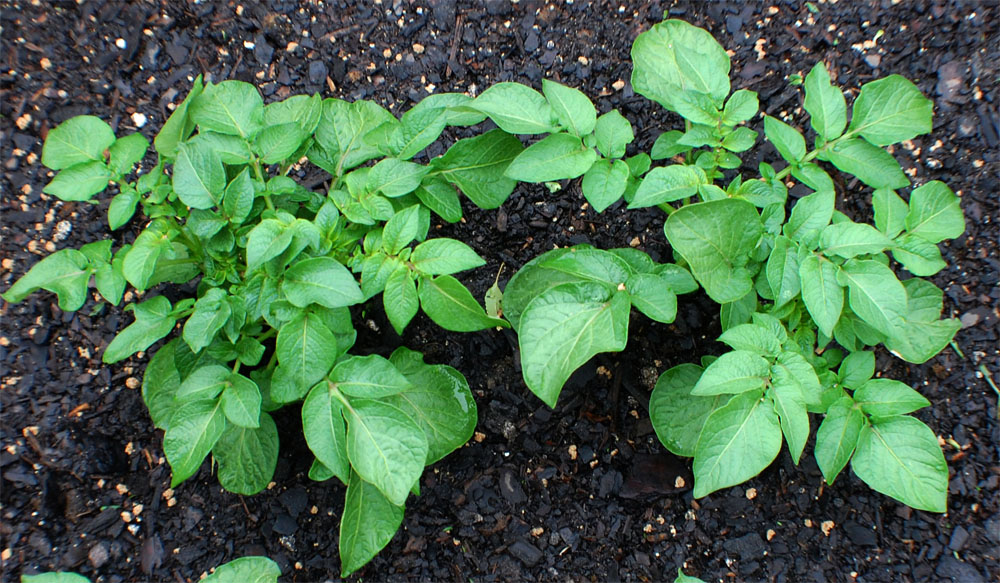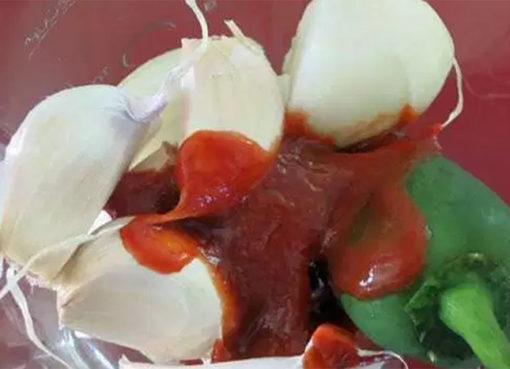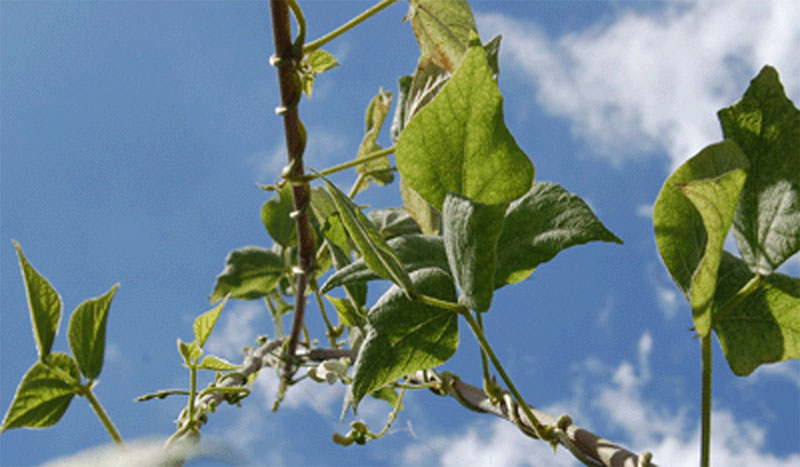 One of the most destructive pests to attack cucumbers and squash in zone 9 is the Pickleworm. This worm is the larva of a nocturnal moth that lays its eggs on the leaves of Cucurbit plants late at night. Once the eggs hatch the young worms begin to attack the plant. The Pickleworm moth does not handle frost well and will die off, wintering in South Florida. Once the weather warms they start to migrate north, causing havoc along the way.
One of the most destructive pests to attack cucumbers and squash in zone 9 is the Pickleworm. This worm is the larva of a nocturnal moth that lays its eggs on the leaves of Cucurbit plants late at night. Once the eggs hatch the young worms begin to attack the plant. The Pickleworm moth does not handle frost well and will die off, wintering in South Florida. Once the weather warms they start to migrate north, causing havoc along the way.
Distribution Pickleworm Moths spend their winters only in South Florida (possibly South Texas). They are sometimes found wintering as far north as Sanford, a city just north of Orlando. During the summer they will migrate north all the way up to North Carolina and sometimes even further.
Time of Infestation The Pickleworm starts to breed and infest its host plants in early June in Florida and moves north quickly. As soon as the air is warm night and day the Pickleworms show up and start to breed.
Host Plants Cucurbits are the main host plant for pickleworms. The highly prefer summer squash, such as zucchini, but will infest all cucurbits such as cucumbers, squash and pumpkins.
Method of Infestation Pickleworms will burrow into flowers and fruit of cucurbits. They will bore a small hole into the flower/fruit and being to eat it from the inside out. The only early evidence of an infestation is a small hole found on the side of the flower or fruit.
Damage Often times the Pickleworms will spend their entire lifecycle in the blossom of a plant. Moving from one to the other causing the plant to be unable to produce fruit. If they plant is able to produce fruit it will move into the fruit and eat it. All fruit contaminated by pickleworms is inedible.
Control The only reliable control of Pickleworms is cool weather. There are pesticides that will kill them, but the amounts and type of pesticides are all harsh and are not recommended. The best way to grow cucurbits in areas prone to infestation is to start them early and harvest before early June.






Comment here